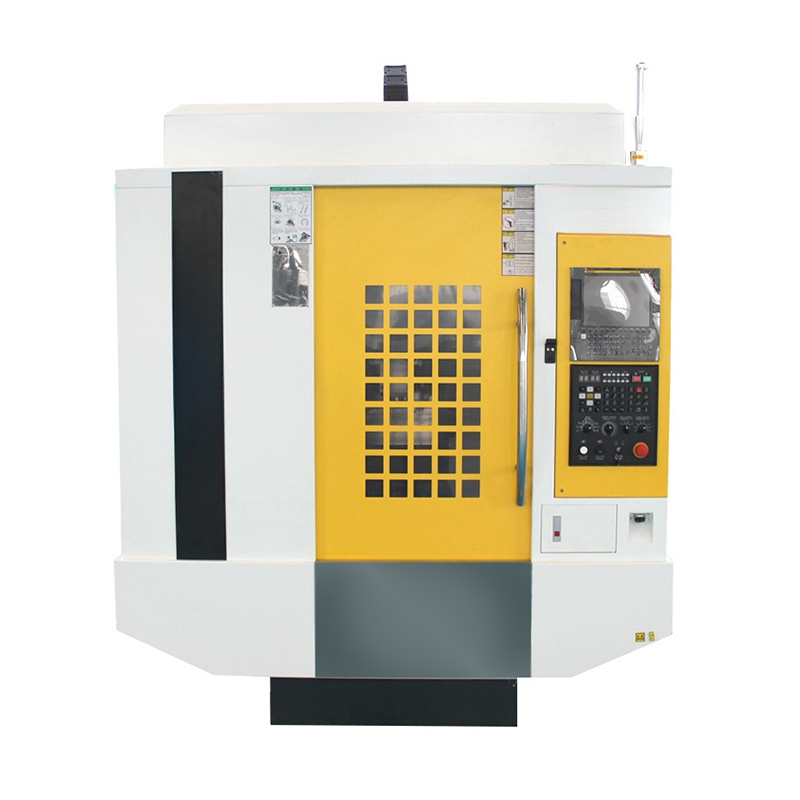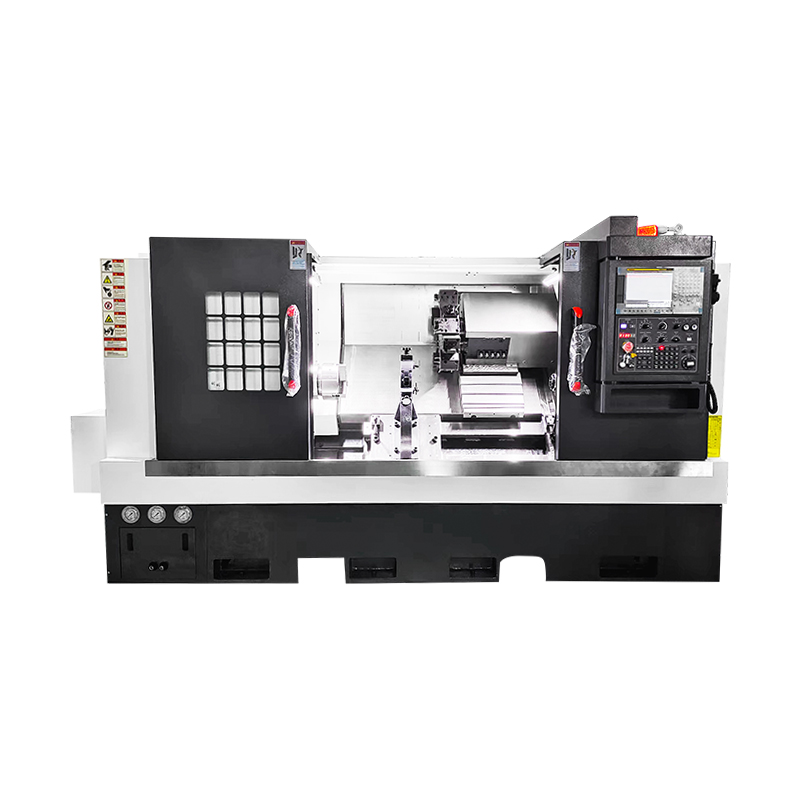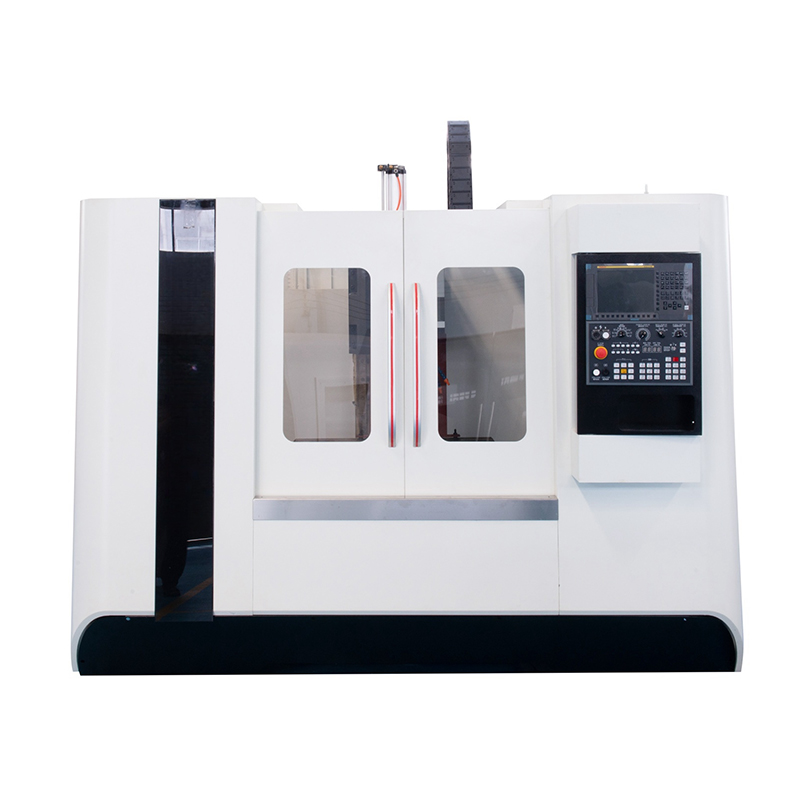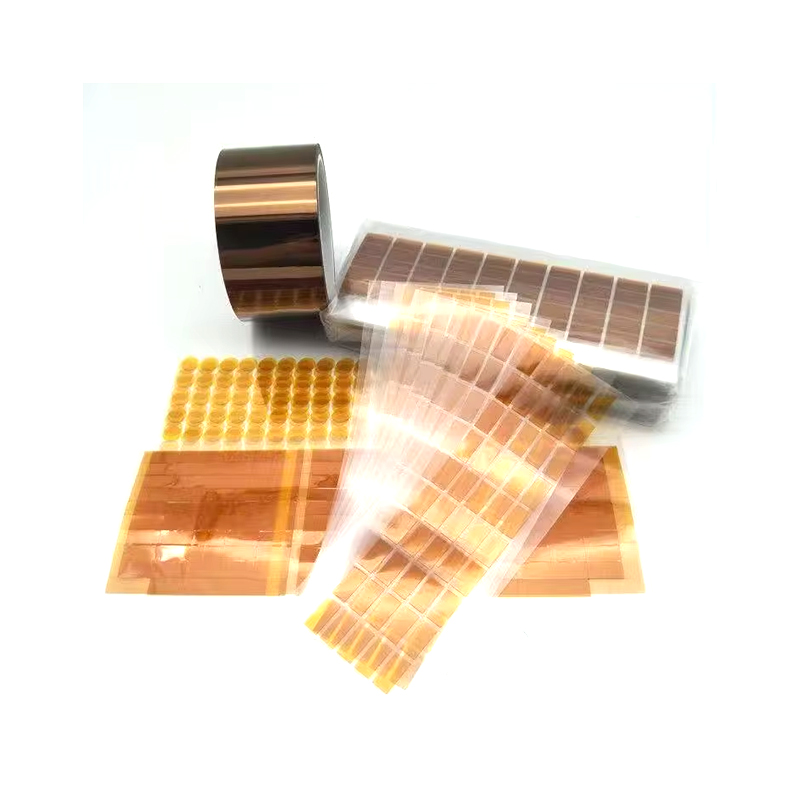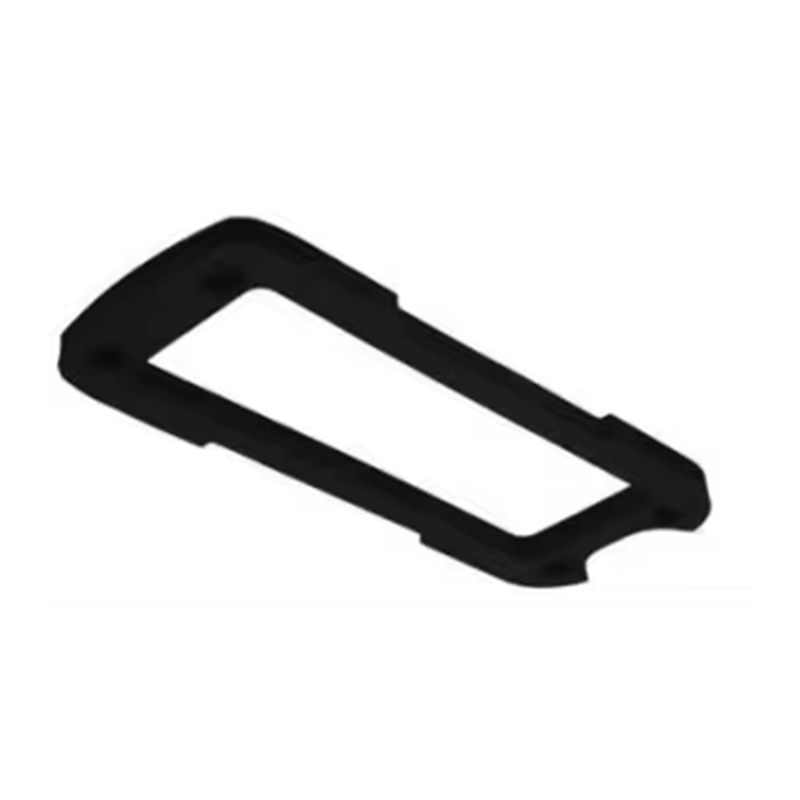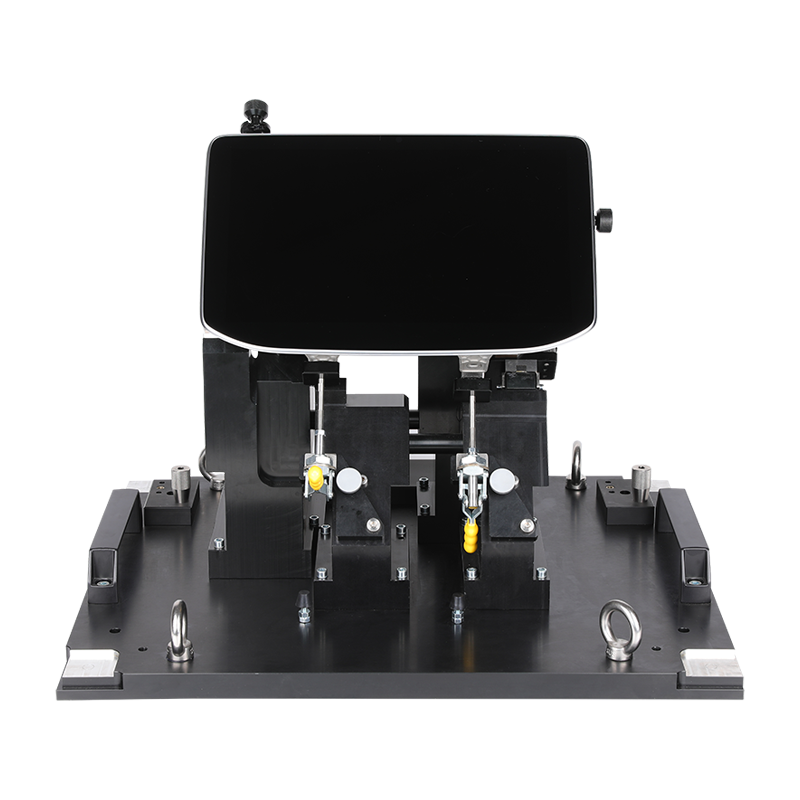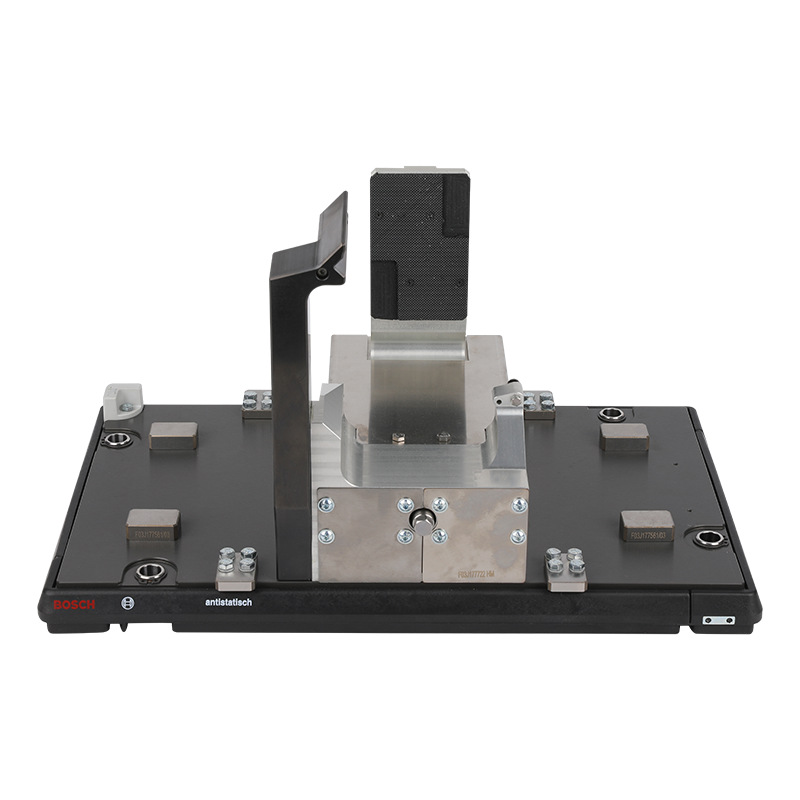In modern industrial systems, CNC parts serve as the fundamental building blocks for the operation of various types of equipment. Their quality and performance directly determine the reliability and advancement of the entire machine. Leveraging years of technological accumulation and industrial upgrading, China's CNC parts industry has developed a diverse product portfolio covering multiple fields and specifications, becoming a formidable force in the global precision manufacturing sector. These parts, with their high precision, high stability, and strong adaptability, play a key role in core equipment across various industries, bearing witness to China's manufacturing industry's transformation from scale expansion to quality improvement.
Types and Functional Characteristics of CNC Parts
China's CNC parts market is diverse and covers a wide range of applications, from structural support to power transmission. Structural parts prioritize rigidity and stability, ensuring the precise assembly of equipment components through precise dimensional control. These components are commonly found in critical areas such as machine tool beds and robotic arm connectors. Transmission parts emphasize smooth and efficient movement. Strict control of surface roughness and geometric tolerances effectively reduces friction and extends equipment life. Precision-fitting parts, on the other hand, require micron-level clearances with other components, playing a crucial role in sealing and regulating hydraulic and pneumatic systems.
Different types of CNC parts have different functional characteristics, but they all rely on the word "precision." Whether it's a large structural component designed to bear heavy loads or a miniature connector for signal transmission, geometric parameter errors are controlled within extremely narrow limits. This meticulous attention to detail enables Chinese CNC parts to meet the demanding requirements of diverse scenarios.

Material Selection and Performance Optimization
Materials are the foundation of CNC part performance. The Chinese CNC parts industry consistently adheres to the principle of "adaptability" in material selection. From metals to non-metallic materials, precise application choices are made based on the part's operating environment and functional requirements. High-strength alloy materials, thanks to their excellent mechanical properties, are the preferred choice for parts in the aerospace and high-end equipment sectors. They maintain structural stability under extreme conditions such as high temperature and high pressure. Engineering plastics, with their lightweight and corrosion-resistant properties, are widely used in internal components of electronic equipment and medical devices, reducing overall weight while improving safety.
In terms of material processing, optimizing part performance through processes such as heat treatment and surface coating is a significant advantage for Chinese CNC parts. For example, quenching metal parts increases their hardness and wear resistance, while applying specialized coatings enhances their oxidation resistance and fatigue resistance. This synergistic combination of materials and processes allows parts to expand their application while maintaining their fundamental performance.
Precision Control and Quality Assurance
Precision is the lifeblood of CNC parts, and Chinese companies have established comprehensive control systems in this field. From 3D modeling in the design phase to real-time monitoring during production, every step is centered around precision targets. Advanced CNC machining equipment enables precise tool path planning, ensuring that part dimensional errors are within design requirements. Furthermore, finished products are thoroughly inspected using precision measuring instruments, enabling even the slightest deviations, from linear dimensions to geometric tolerances, to be promptly detected and corrected.
This unwavering commitment to precision has earned Chinese CNC parts widespread recognition in the international market. Many products boast industry-leading accuracy levels, meeting the ultra-precision requirements of high-end manufacturing and providing a solid foundation for efficient equipment operation.
Core Value in Application Scenarios
The application of Chinese CNC parts has permeated various sectors of the national economy, and their core value continues to be demonstrated in practical applications. In new energy equipment, high-precision motor parts improve energy conversion efficiency and contribute to energy conservation and emission reduction. In intelligent equipment, the stable operation of micro-transmission parts is a prerequisite for automated control. In medical equipment, precision parts with excellent biocompatibility enable the development of minimally invasive surgical instruments.

The application of these parts not only elevates the technological level of related industries but also promotes the coordinated development of upstream and downstream industries, forming an industrial ecosystem centered on CNC parts.
At the same time, the integration of green manufacturing concepts will drive breakthroughs in material recycling and energy consumption control for CNC parts, achieving both economic and environmental benefits. It is foreseeable that Chinese CNC parts will occupy a more important position in the global industrial chain, contributing more innovative achievements to global precision manufacturing.

 English
English русский
русский